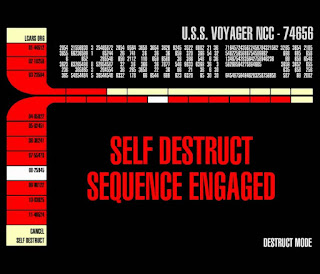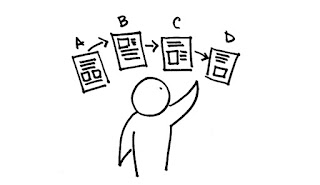 |
| When salvaging you got to be the tug that pulls what you need to the surface. |
The most effective way to reuse software components is from a repository of crafted, handpicked libraries that were tailored specifically for reuse. However, this requires considerable investment in both time and money. It is possible to reuse in the short term through a technique called salvaging.
Salvaging is asking others in your organization if they have built a software component that does X. You find it, you adapt it, you employ it. This may not be efficient in the long term, but it certainly works now; and then you have no more excuses not to reuse.
To my experience, few organizations are willing to allocate time for the proper care and upkeep of a repository of reusable software components. Salvaging might be your only option. And it gets you talking to your peers on different teams. This communication is like grease that will make future interactions smoother.














